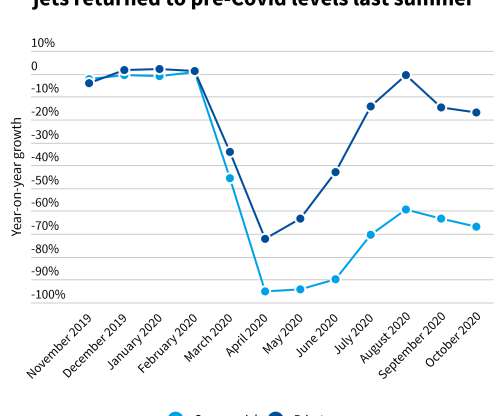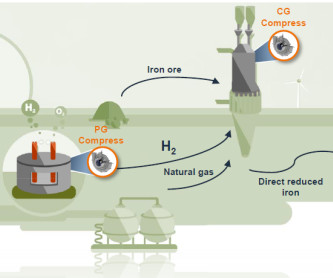T&E: Rising use of private jets sends CO2 emissions soaring
Green Car Congress
MAY 28, 2021
The upside is that the private jet market is ideally suited to help bring about aviation’s Tesla moment, making hydrogen and electric planes a reality. The report also finds: Seven of the 10 most polluting routes taken by private aircraft within Europe lie on the UK-France-Switzerland-Italy axis.


















Let's personalize your content